Days 9, 10, and 11: Crisp. Velvet. Mortar.
Thanks, friends, for your patience during my recent absence.
As it turns out, there was plenty more to learn about eggs. We had begun the week with a fairly basic introduction, separating eggs by different methods, whipping up some meringues of various national origins, and such. Day 9 was when things started to get really interesting, most notably in the form of the dacquoise, a lovely contraption of two crisp, light, nut-infused meringue wafers held apart by an intervening layer of buttercream. You can imagine my repulsion. My partner and I very fortunately used way too much rum to flavor our icing. I do now consider this confection solely responsible for my first step up the great ladder of the Freshman Twenty-Seven. We also crafted some small, fatless meringues, which we dried in the oven and later covered with stripes of melted chocolate. You can’t go completely nonfat; it’s pastry school.
I noticed during meringue-making that my pastry bag skills have improved exponentially. This is rather intriguing since, until Tuesday, we hadn’t worked with them, and I personally hadn’t touched one since I was festooning a cake back in September. The only explanation I can come up with is that the pastry bag is simply a large, friendly cornet. As I may have implied at some point, cornet work is not something that I would highlight on my résumé. Somehow, though, the motions you make with a pastry bag just seem like easier-to-control versions of the same work we’ve been “performing” with those spiteful little paper cones. I suppose it’s akin to the difference between painting a fence and painting delicate facial features on a creepy porcelain doll that will probably just end up in an attic somewhere.
We investigated different techniques for creating our eggy masterpieces, my personal favorite of which is the Swiss method. It differs from the classic, or French, method, wherein one merely adds sugar to egg whites at appropriate times as they’re mixing. In the Swiss variety, the sugar is added at the beginning, to the completely unbeaten egg whites. The whole mess (and believe me, that’s just how it ends up) is then put in a bowl over simmering water, until all the sugar is melted and the whites are hot (but not, obviously, coagulated). The mixture is then beaten for quite a while, until it’s too cool to melt butter. It becomes extraordinarily glossy and very bright white – it’s positively gorgeous. Oh, and if you’d like to add butter, now’s the time. And don’t be shy. The major advantage of the Swiss is that it’s extremely stable. So much so, in fact, that if you keep adding butter until the egg whites and sugar seem more an afterthought than actual main ingredients, you wind up with Swiss meringue buttercream. This is exactly what we did, and, as noted above, we treated ours to a short but effective holiday in Puerto Rico.
On Day 10, we took our first step inside the wide borders of the land of soufflés. Our first foray involved the flourless variety. Apart from accommodating sufferers of wheat-allergies, there is very little reason to make a flourless soufflé. The main reason they do get made, I suspect, is that the name sounds very fancy because about ten years ago every restaurant started putting flourless chocolate cake on its after-dinner menu. That particular dessert is now known for its richness, a lush medium in which excellent chocolate can be served without starch mitigating its texture or flavor. Soufflés crafted with no flour do puff up quite beautifully. However, the only thing holding all those tiny bubbles so wide open is the heat of the air inside them. There is approximately a one-minute window in which the soufflé must be removed from the oven, plated, picked up, served, and at least partially eaten, so that the person dining on it can remain convinced that his spoon was the thing that finally did it in. It must be a terribly practical menu item in busy restaurants with service staff paid nearly five dollars an hour. Even in the unlikely event that you actually receive your soufflé in time, as soon as you’re a few bites in, the portion you haven’t gotten to will have collapsed on itself. The reason a well-made soufflé is so exquisite is that it can carry forth a voluptuous richness, while remaining ethereally light in substance. I find it slightly upsetting when three quarters of it turns into an underbaked brownie.
Out of the flourless marathon, however, did come a lovely bit of strawberry soufflé, which I first read about in one Babar book or another, nearly three decades ago, and of which I’ve been dreaming ever since. It did not disappoint; it evanesced on the tongue, and was only slightly sweet. The team that turned it out nailed the texture; the egg wasn’t so much eggy as it was creamy, and we all know what creaminess does for strawberries. Before I give this soufflé too much credit, let me state that I stood, spoon at the ready, as it was pulled from the oven, and only partook of it within the first minute of its existence.
I realize that, as a bread maniac, I have a reputation for love of flour. I was therefore greatly encouraged when it was included in the soufflés which we made on Day 11. Don’t worry, though, the feeling didn’t last long. My partner and I created three soufflés, the first being mocha. This particular mocha, I surmise, was named for the coffee bean from Mocha, and not the mixture of coffee and chocolate that is and forever will be en vogue – there was no chocolate in this soufflé, only dark coffee and brandy. Ours overbaked, and the result was something like what you might expect on a turbulent early-morning plane ride, where you hit a particularly violent air pocket and your scrambled eggs tumble onto your thin, soggy toast, your coffee sloshes onto that pile, while the sugar packet you had just torn open tumbles from your hand and dusts the whole thing.
The chocolate soufflé which followed, however, was unquestionably the best I have ever turned out. It was lusty and velvety and perfectly smooth in texture, and it melted away on my tongue leaving nothing behind but the taste of happy. If there was any “Why?” in the soufflé area of my brain, it has now been completely eliminated.
And if it hadn’t been, it would have been anyway, as we progressed to our final soufflé of the day, and most sinful indulgence to date: the Soufflé à la Suissesse. If you’ve ever wondered how they stay warm in the Alps, prepare to be illuminated. We made seven individual parmesan soufflés, baking each in a five-ounce ramekin brushed with butter and dusted with grated parmesan. When those had finished baking and partially cooled, they were unmolded into a gratin dish which had also received the honor of being coated with both butter and grated cheese. The soufflés were then dusted with additional parmesan, of course, and then heavy cream was poured in until it reached halfway up their sides (let’s just say it was more than a cup and less than a quart). The dish was then returned to the oven where the soufflés puffed back up, this time to an even greater extent than the first, and then they began to soak up the cream. There was a small amount of cream still in the dish; there was just too much for the poor spongy masses to accommodate. This liquid began to bubble and reduce to a thick buttery sauce which combined with the melting parmesan. The top of the dish began to brown nicely, and when it all began to firm up just slightly, I pulled it from the oven and put one of the small soufflés on my plate, indulging myself it what is very likely to be the single most calorie-laden food I have ever ingested. I had another, just to be sure.
Somehow we were still moving as we began our final exercise for the evening, creating another Swiss meringue buttercream. This time we left out flavoring but added color. Just to be different, I chose black for our team. Our frosting gradually became grayer and grayer until the point that it looked the exact shade of wet cement. Fortunately, Chef arrived at that very moment to let us know that we would need so much black food coloring to make it truly black that it wouldn’t be usable anymore. So we settled for wet cement, a somehow appropriate analogy as we went on to become completely covered and stuck to things by it, during extended practice with the pastry bag. We piped both shells and rosettes, two of the very elementary buttercream-piping decorations. Somehow I still had the capacity, after the Suissesses, to turn my tongue a not-concealable shade of gray, before waddling to the subway.
Next week: Gelatin.
[This post is dedicated to Miss Celie, whose time as our pet and a member of our family was too short, and whose love for all people made the house warmer than it will be again. Her spirit will linger on in our hearts and in our home.]
Saturday, December 16, 2006
Subscribe to:
Post Comments (Atom)



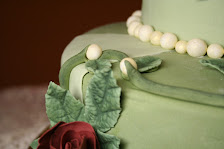

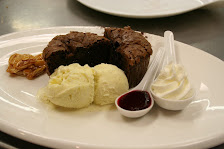
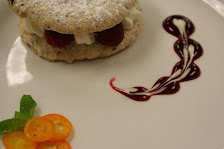
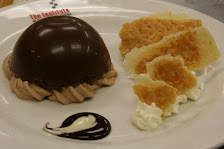
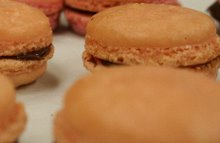
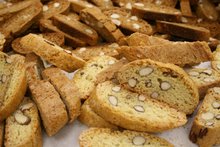
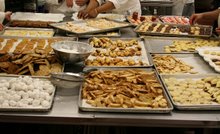



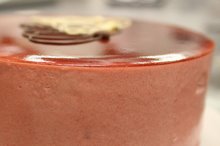



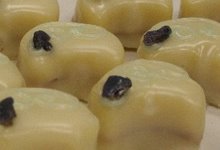
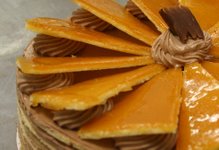



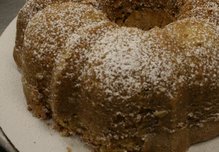
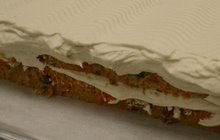


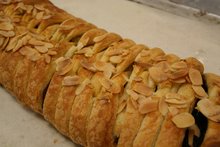






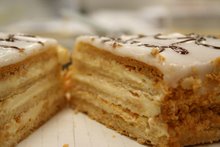
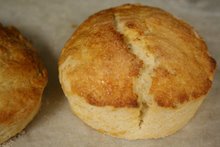


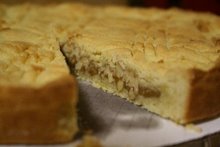












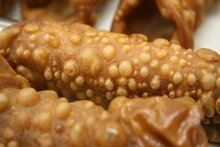


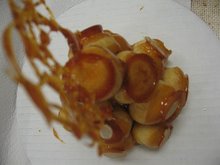
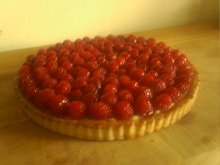


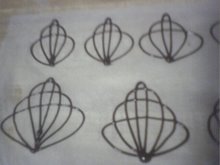


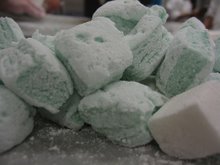

2 comments:
We love you Miss Celie gurl...I'll miss ya you crazy kitty!
Oh that was me...T~ !LOL
Post a Comment